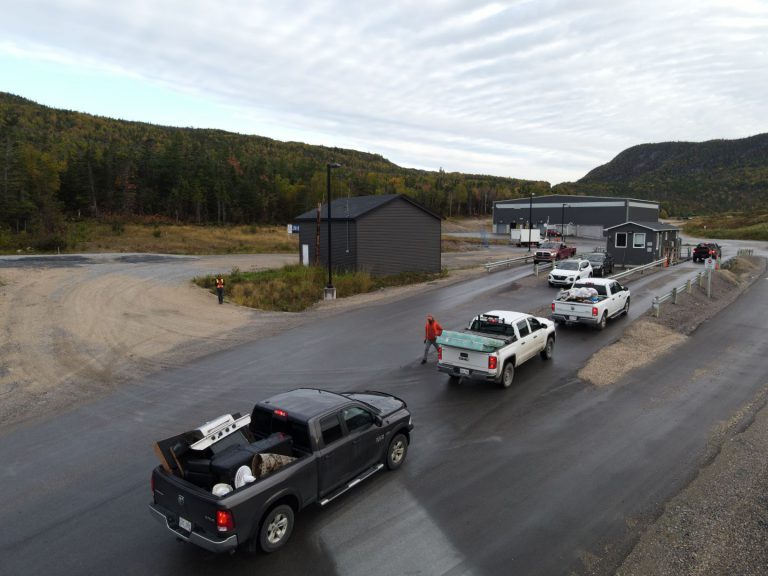
Municipal Free Waste: Free Days or Annual Credit?
Municipal or regional free waste allowances are a common way for waste authorities to offer a break to residents who need to dispose of their waste on an occasional basis. However, the way this is done varies widely from one region to another.
The two most common methods for providing this allowance are (1) free waste days or (2) a predetermined credit per resident. Is one method better than the other? We think it is.
While free waste days are a simple way to offer an allowance, there are several disadvantages
Bottlenecked traffic: If only a single day is available for residents to drop off their refuse for free, that day is, of course, going to be far busier than the others. This means long lineups and a spike in traffic your facility doesn’t necessarily have to deal with on a regular basis.
Inconvenience for Residents: If free waste days are only offered on seldom occasions, residents may find themselves hoarding refuse in anticipation. This isn’t preferable and may lead to dissatisfaction among community stakeholders.
Irregular Staffing Requirements: As mentioned above, free waste days can lead to bottlenecked traffic. This also implies staffing requirements are likely to increase for that day, requiring more hours to be worked simultaneously. Moreover, while the facility is taking in little to no funds on the waste day, it is likely spending more than usual for labour, further offsetting income margins.
Inaccurate Metrics: Since the free waste day is so much busier than other days, focus tends to be placed on throughput rather than accurate metric tracking for solid waste volumes. This leaves valuable data on the table that could have been used to make better management decisions for the organization and the community it serves.
Conversely, predetermined residential credit has several benefits
Smoothed Traffic: Offering credit means residents can use it whenever they want without the need to show up at a certain time of day.
Community Relations: residential customers are free to bring their refuse when it is convenient for them, benefiting your organization’s relationship with the community.
No Extra Stress on Your Workforce: by regulating traffic, you are also regulating the staffing levels necessary to accommodate the extra loads.
More Accurate Metrics: Since traffic is smoothed using the credit method, staff can focus on accurately tracking solid waste volumes as they normally would. This can aid in making critical management decisions such as determining whether the credit for each resident should be increased or decreased.
The Bottom Line
There is almost no reason to have free waste days rather than credit for residents unless your scale and transfer station management software isn’t up to the task. Strong Data Automation can help your organization track all of the data and help your organization run smoother.